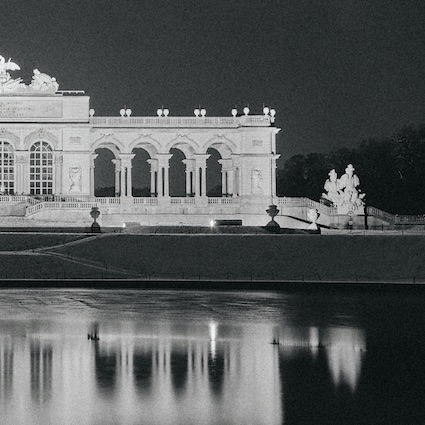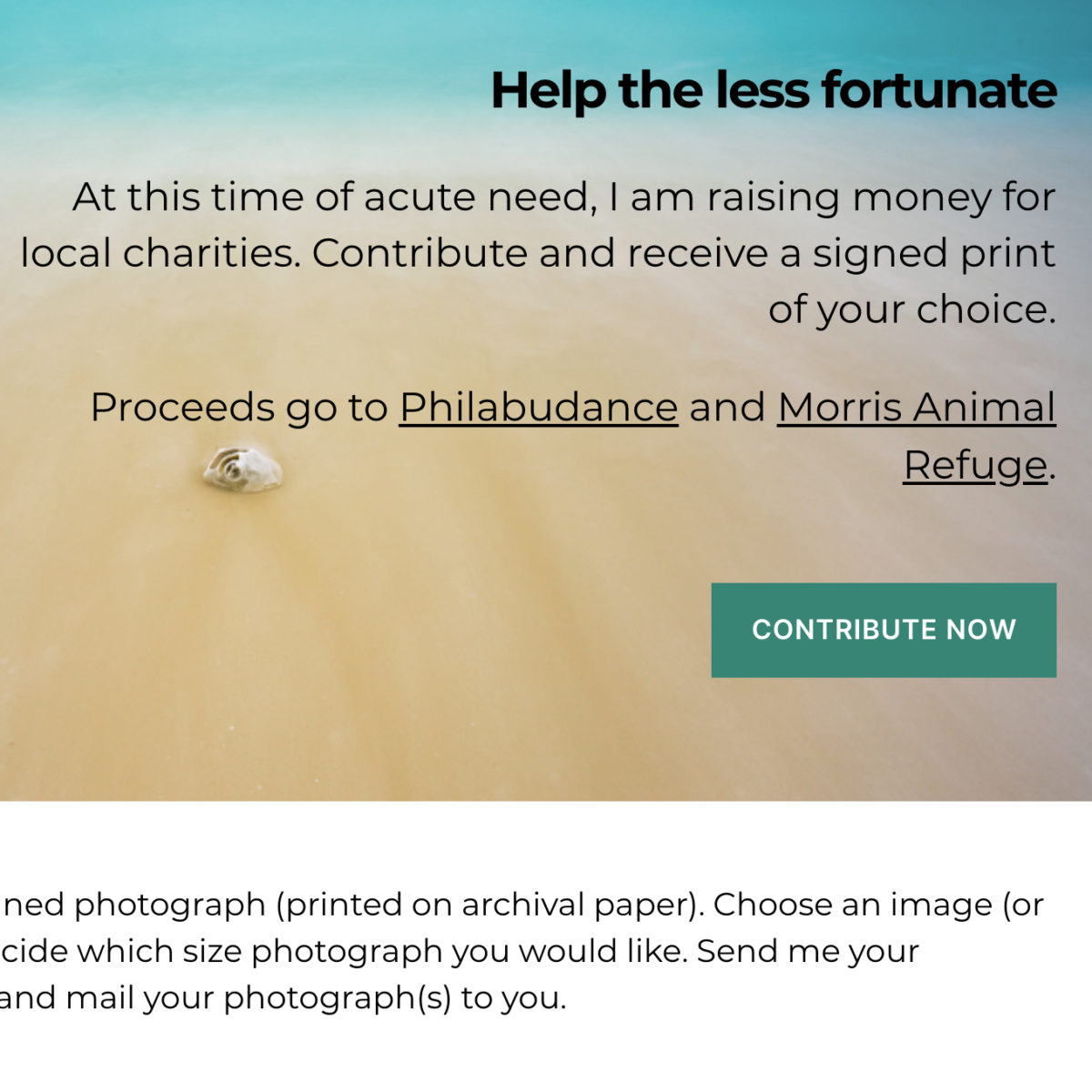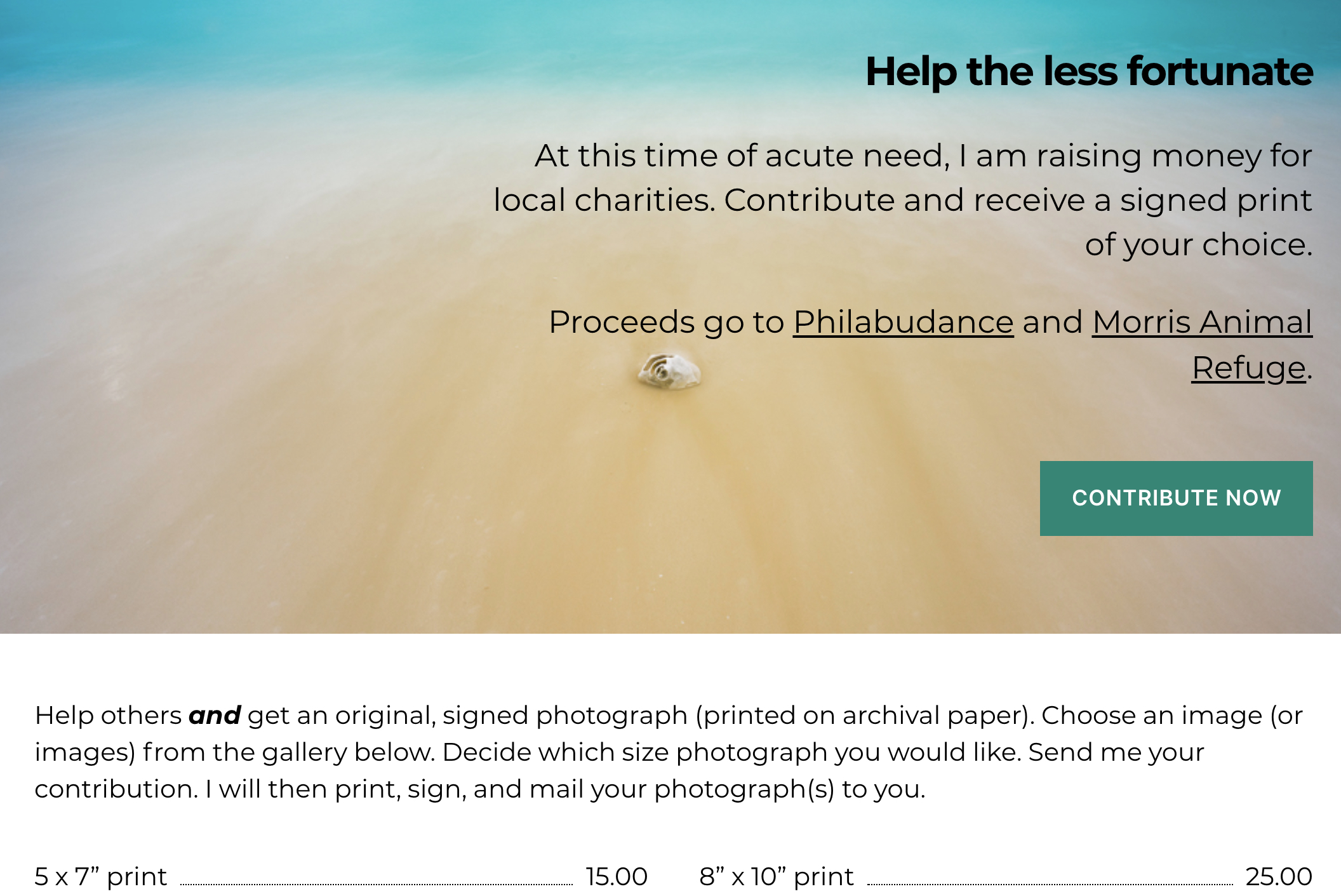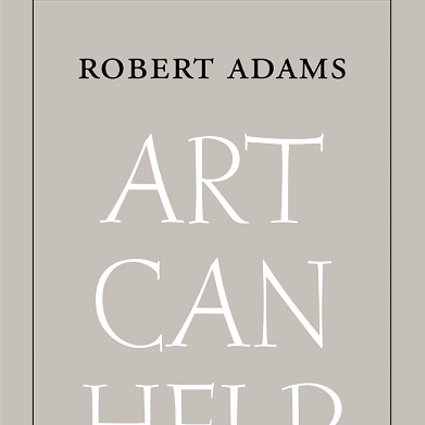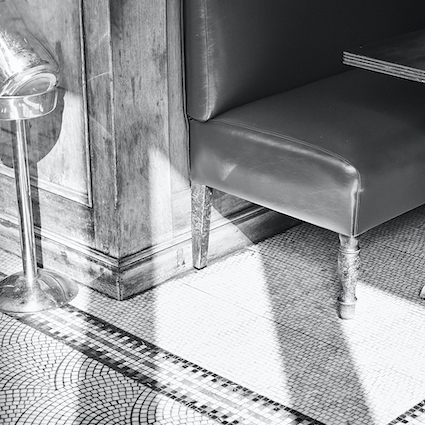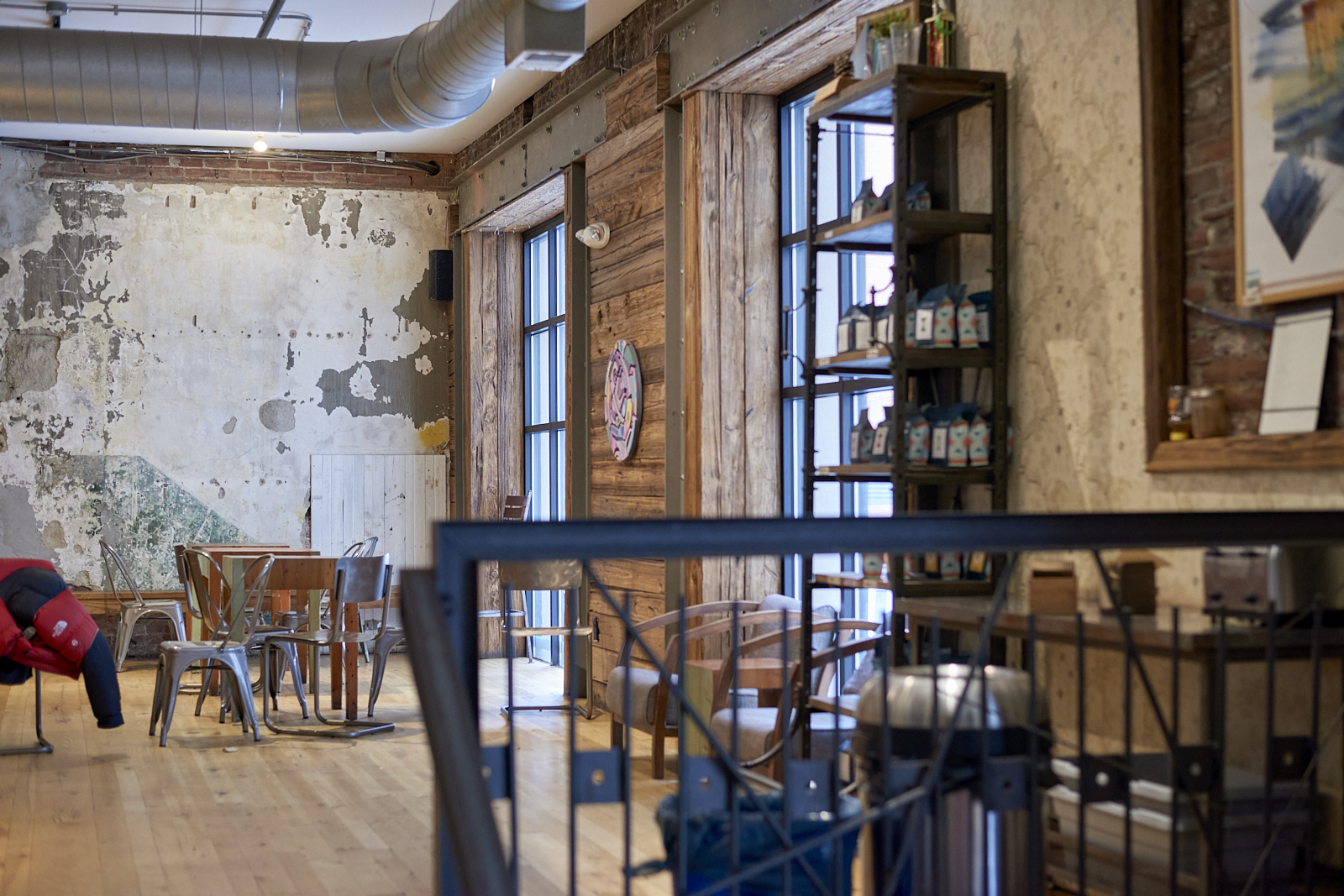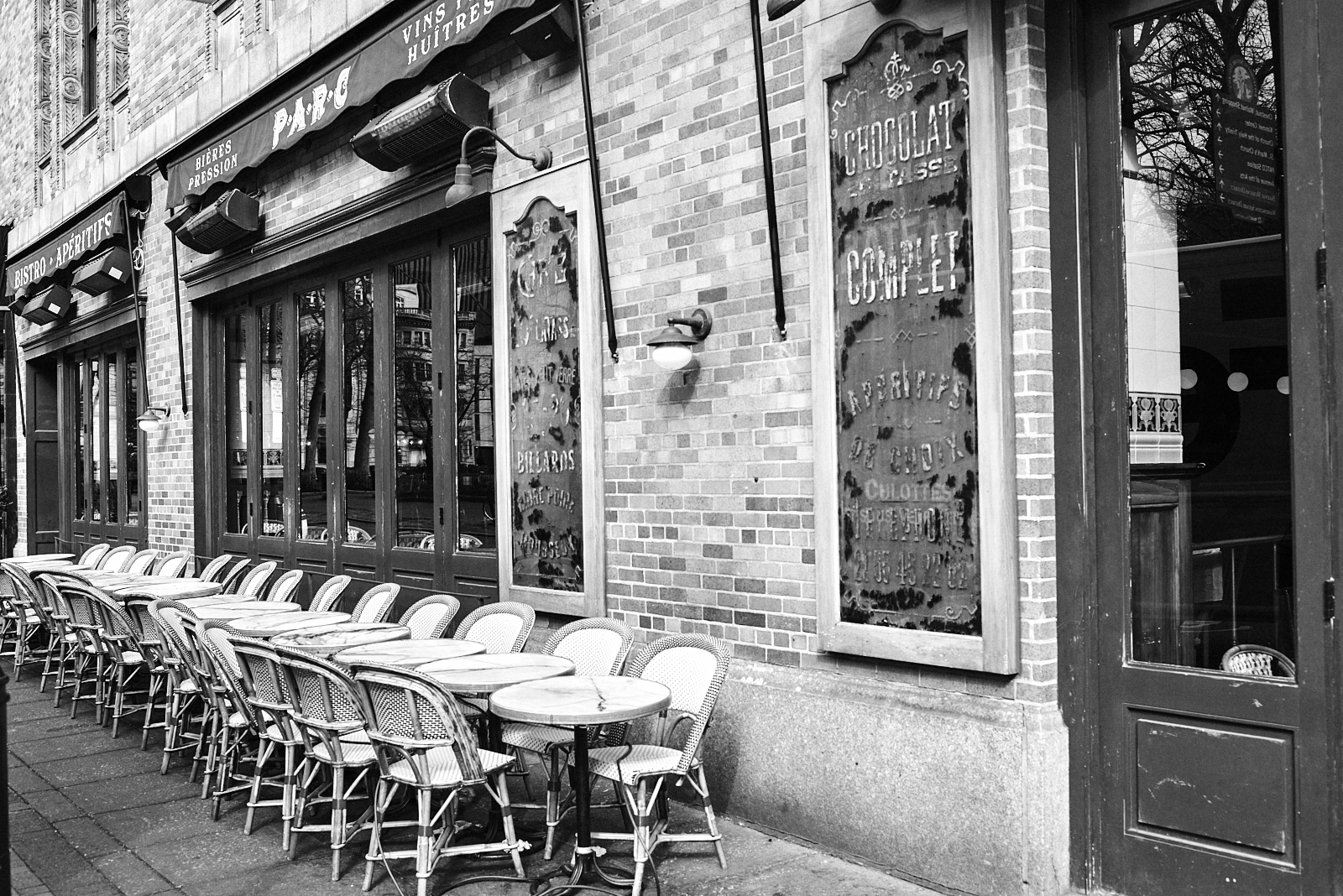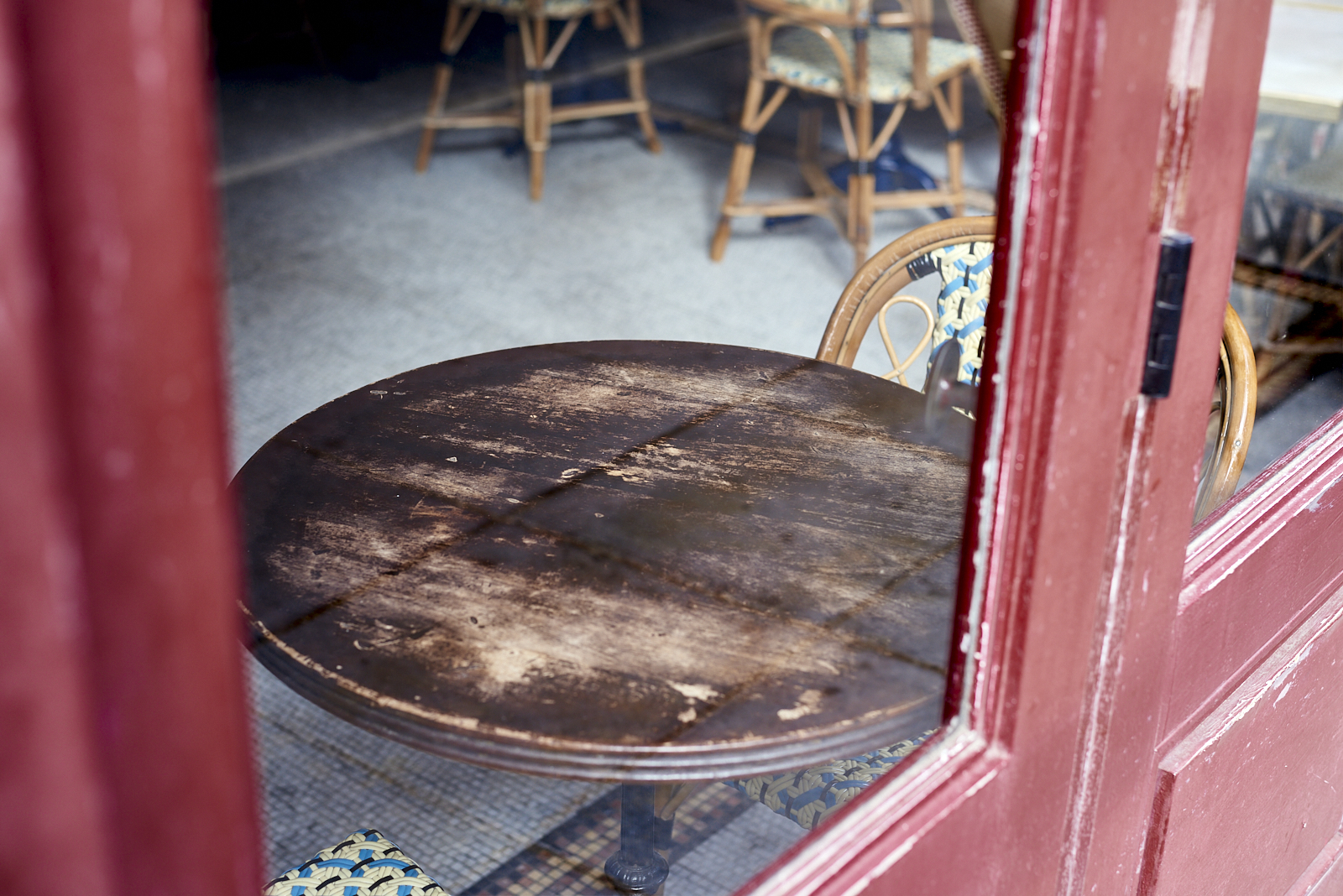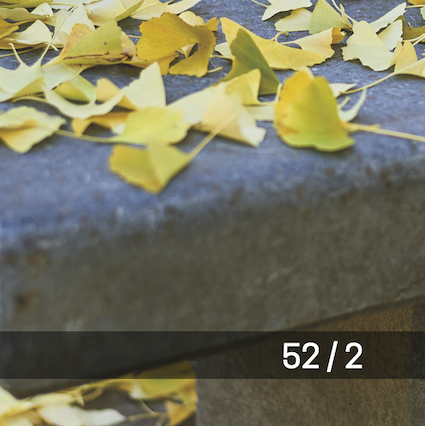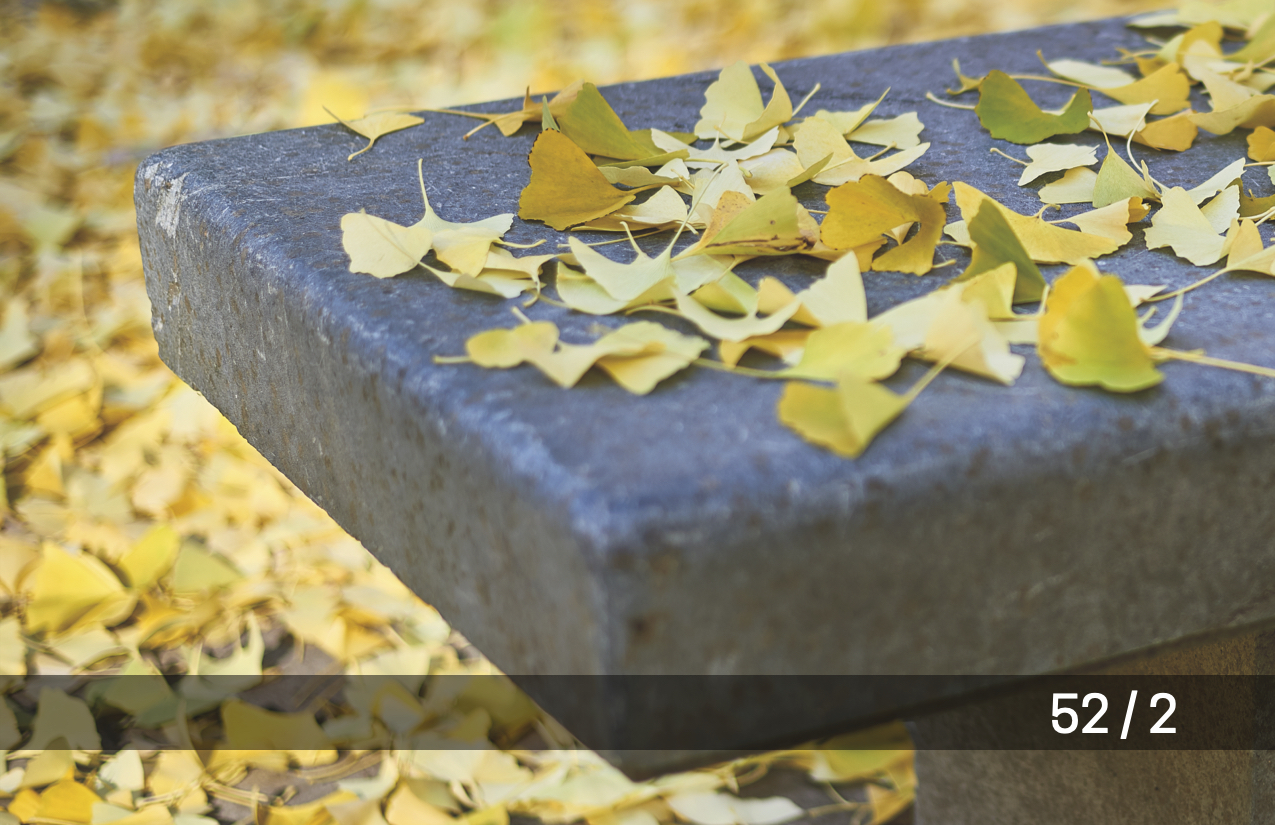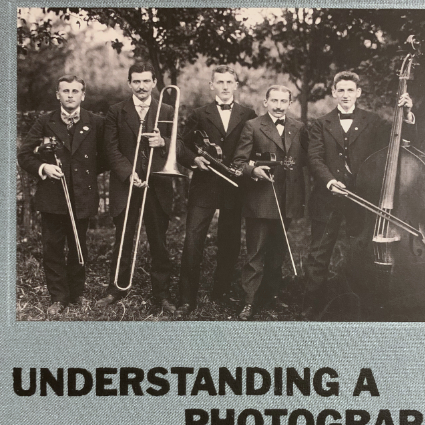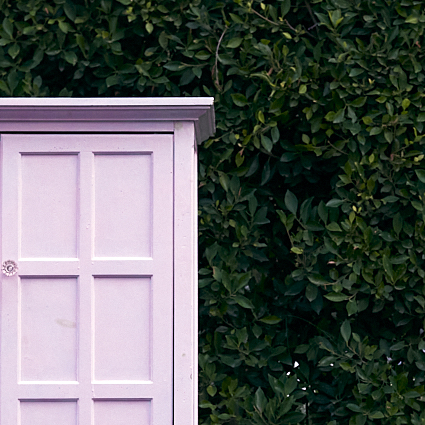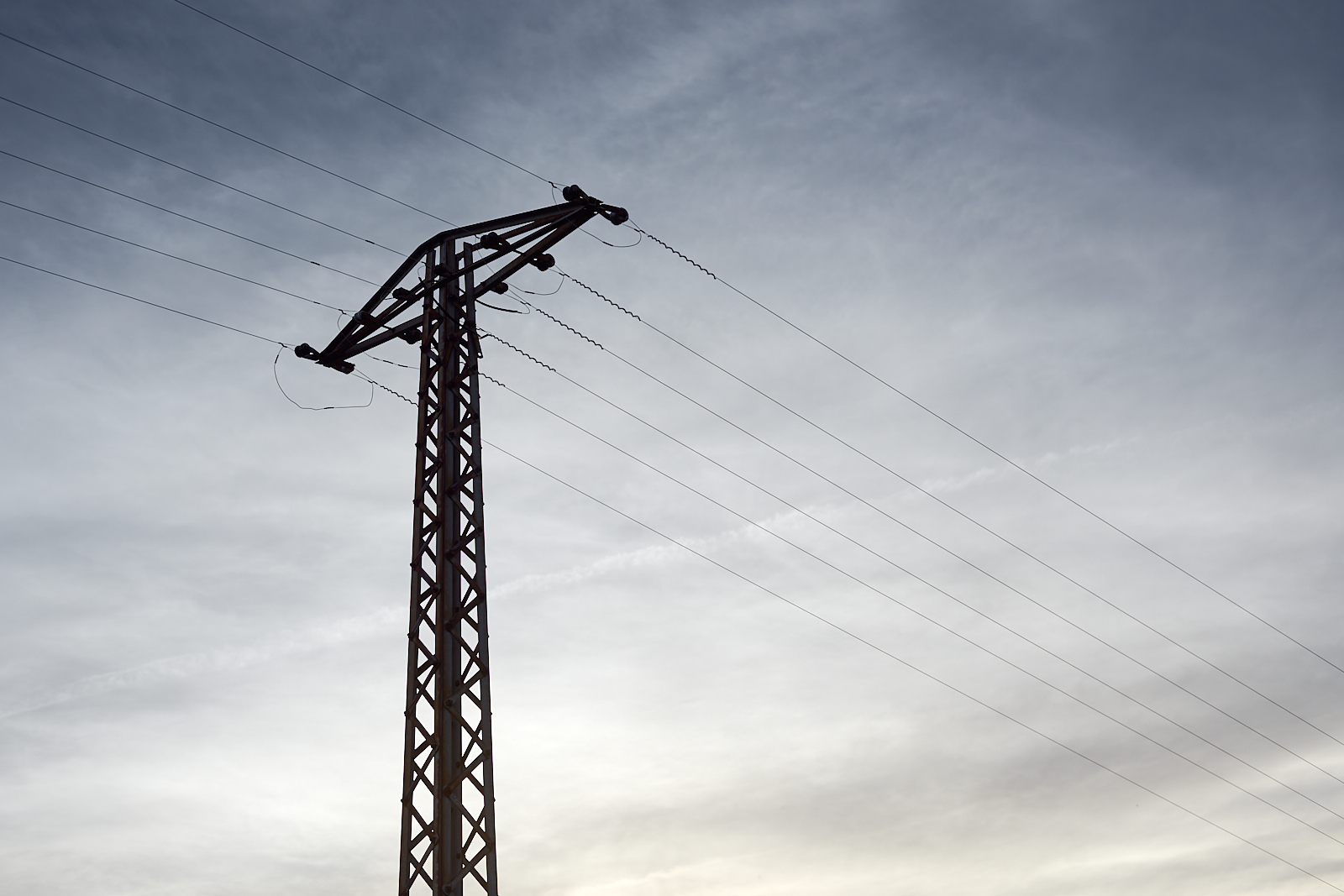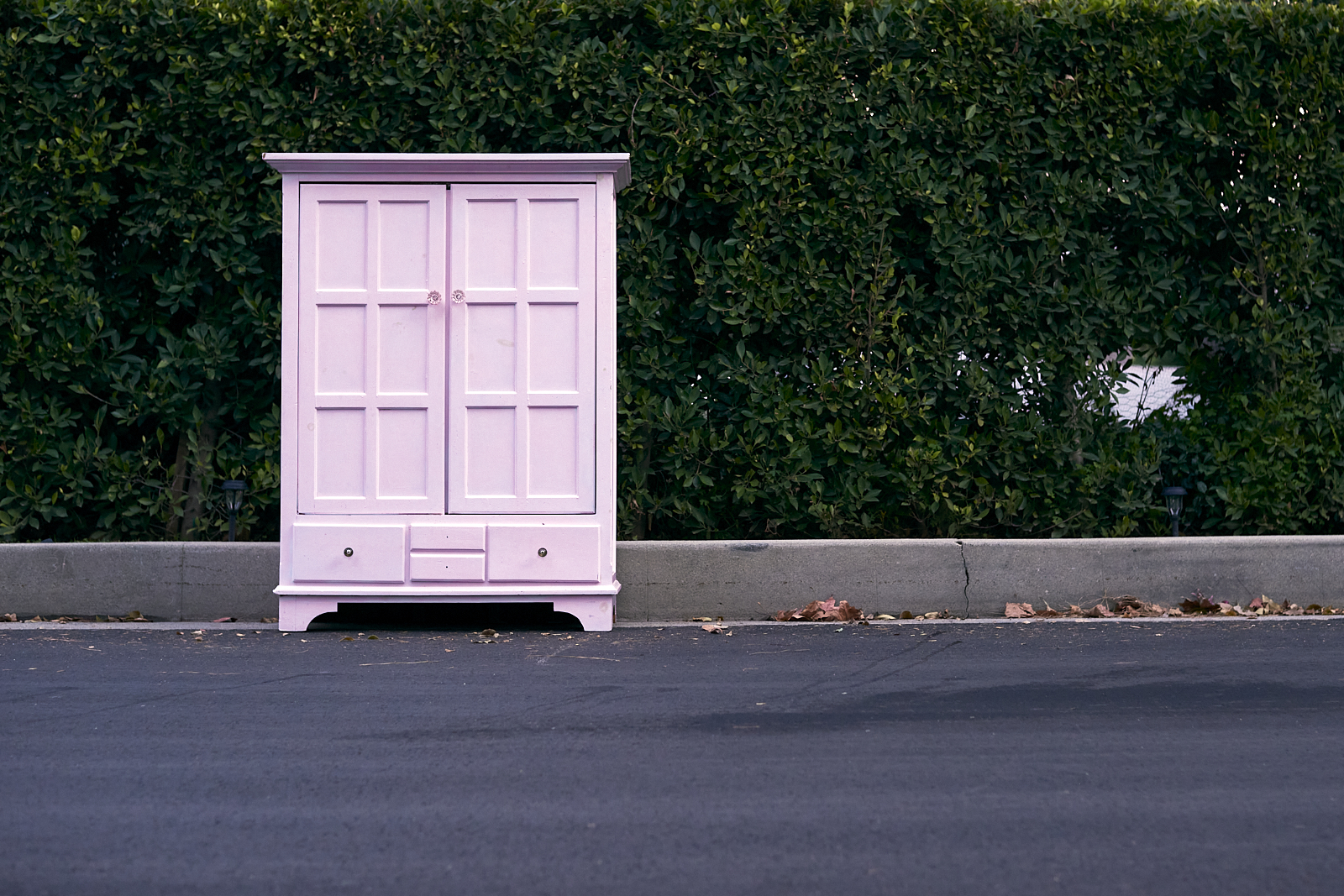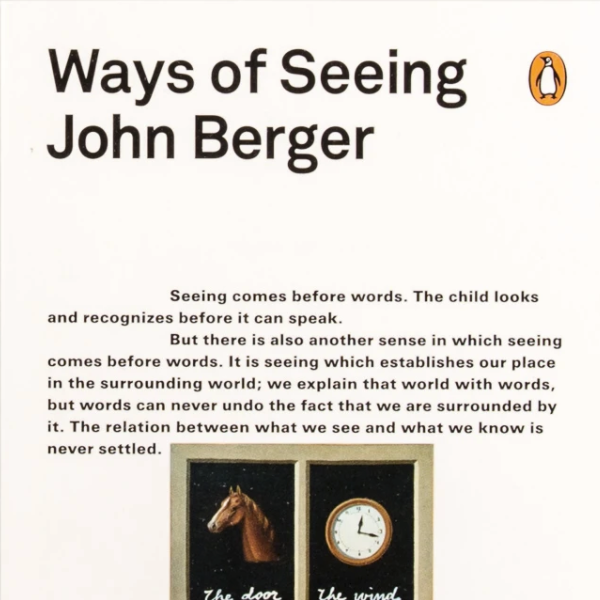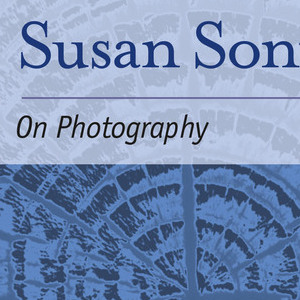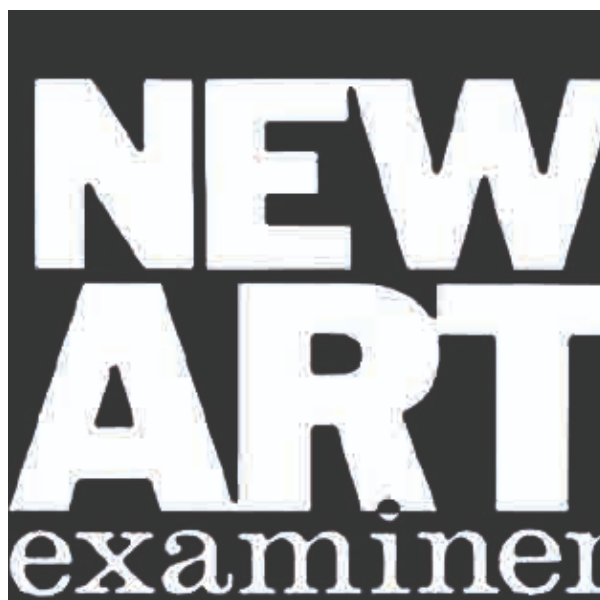You had been wandering the streets for a few hours looking for some scene, some storefront, courtyard, or back alley. Now and then you sought shelter from the drizzle, ducking into a café or standing in a doorway. The dreary sky and glistening cobblestones suited the city, which somehow seems to glow with its own internal light. Although you started in the center amongst the cacophony of shoppers and strollers, you prefer the surrounding districts with their distinct personalities. Your path wound further and further out into the less trafficked neighborhoods. Then, when the snow started to fall, you left the streets behind and wandered into ….
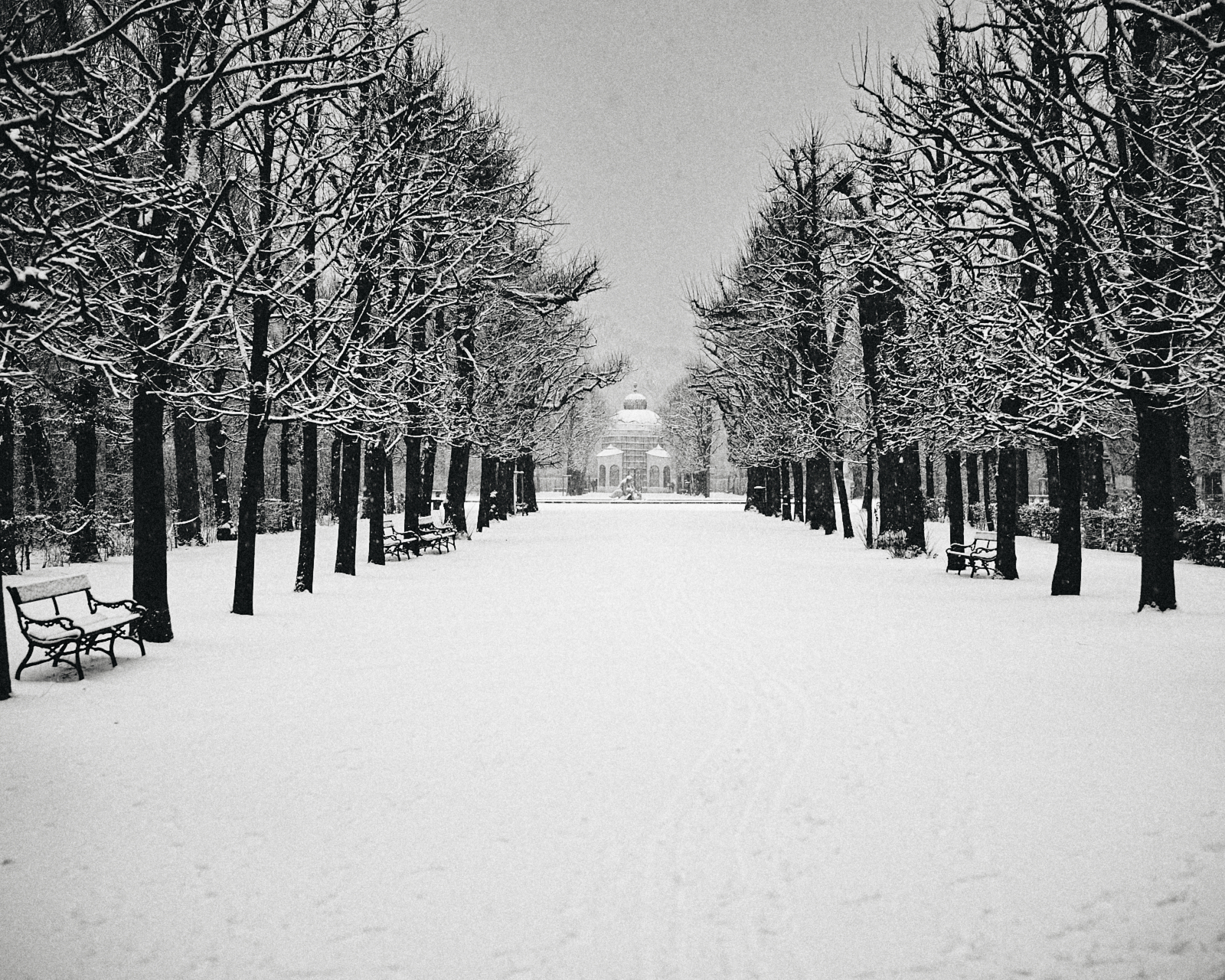
A heavy snow had been falling for a couple hours by the time I passed through the gates. It was a lovely evening, I thought, to linger in the imperial gardens. As I wound my way deeper into the gardens I passed the occasional visitor walking back along the pathways toward the exit and the city beyond the walls. We exchanged nods or fleeting pleasantries about the weather. At some point I realized that I had stopped seeing other people. Even their footprints were disappearing gathering darkness. Wandering amongst the trees and past the empty fountains, their sculptures blanketed in snow, I felt as if I had the place to myself.
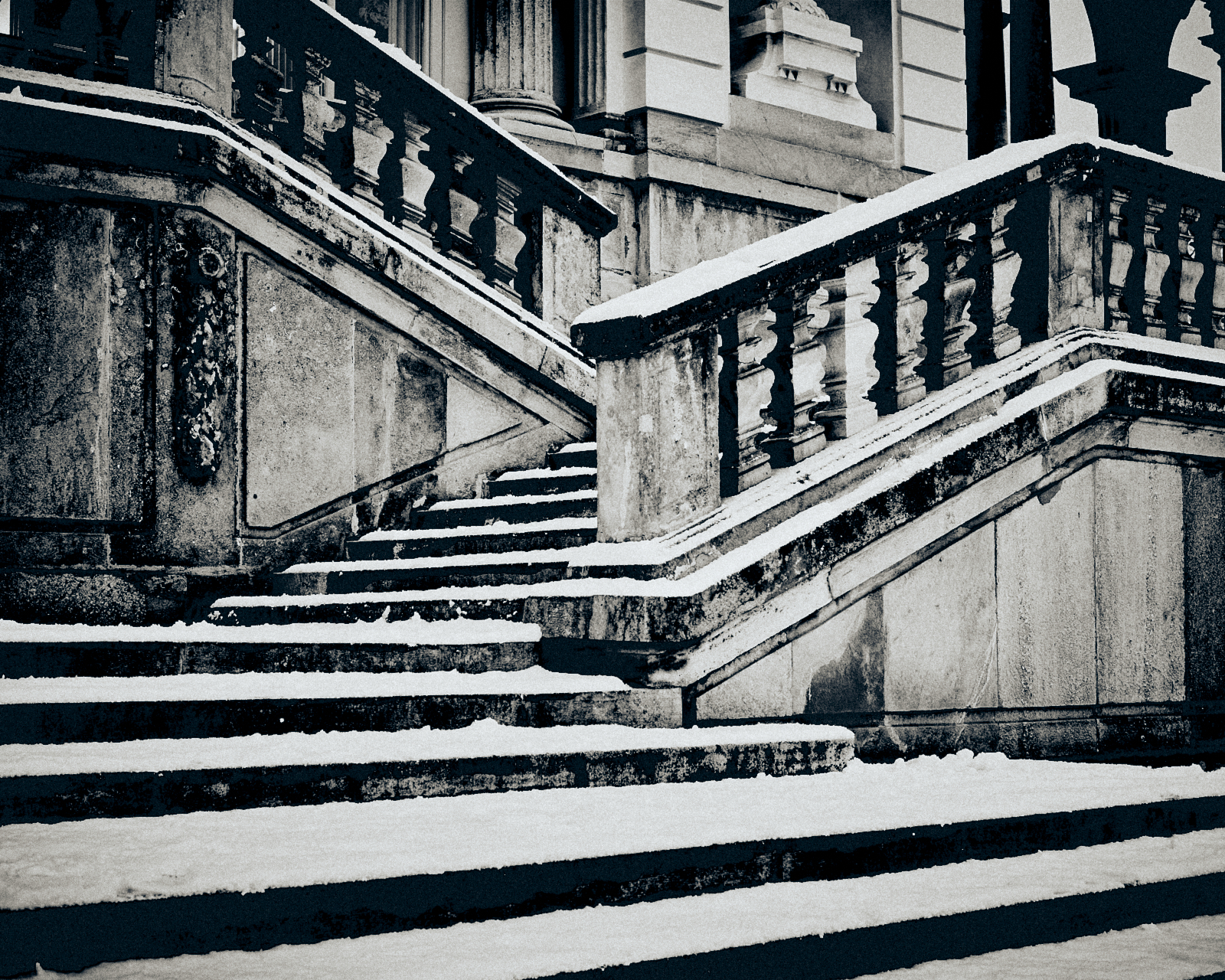
Oh shit, I thought, I do have the place to myself. I haven’t seen anybody for at least 30 minutes. It is unmistakably dark now. And although it is not cold, a heavy, wet snow continues to fall from the leaden sky. It’s 7:00 now. What time do they lock the gates? I had only glanced at the sign as I entered, but I seem to recall 5:30. Surely that was just a suggestion, or when they stopped letting people into the gardens.
Fifteen minutes later, standing in front of the really tall, really locked gates, I am rethinking my decision not to pay attention to the time. There is no one-way turnstile to let people out, as I had vaguely hoped there might be. There is no guard in the guardhouse to save absent-minded visitors from themselves. No. There is just a formidable gate, topped with spikes that are clearly more than just aesthetic embellishments. I have a perverse appreciation for the symmetry of these gates. Originally designed to project an image of strength and authority outwards to the masses, and to keep those people out, these gates and the walls surrounding the gardens work equally well to trap people inside. Just to be sure, I push on the gates. They neither move nor even make a sound. Standing there in the dark silence of the garden, I can hear cars accelerate from the intersection just 50 yards and a 10-foot wall from me.
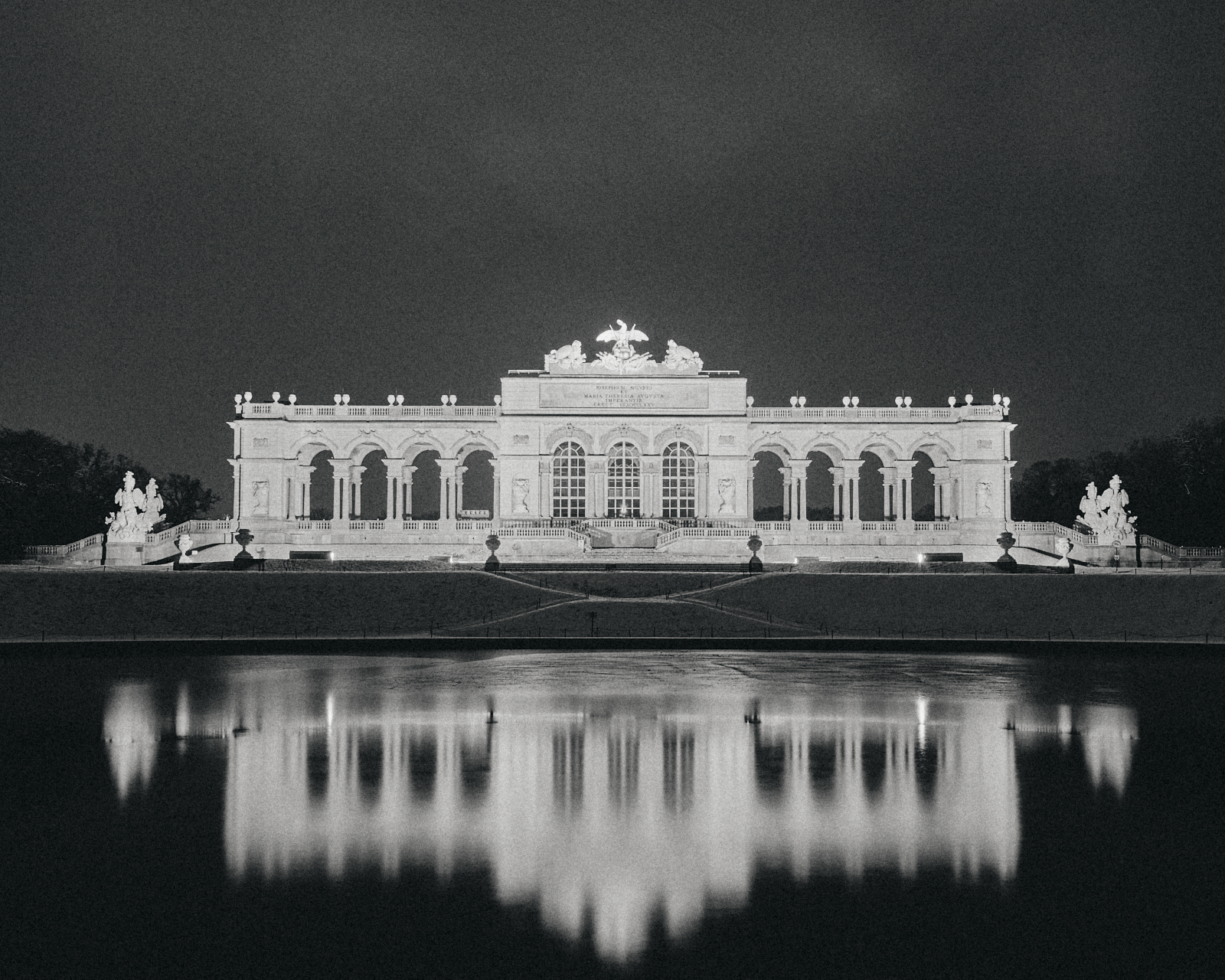
After checking various other gates to confirm that they too are locked for the night, I begin looking for the section of wall I can most easily scale, importantly a section without the big, sharp spikes along the top. And I’m wondering what the penalty will be should I get caught. Surely I can talk my way out of a night in jail, but given the local preference for fines, I suspect it will cost me.
Speaking of fines, isn’t there a police station by one of the entrances? Not, of course, the one close to me. In fact, given the direction I wandered the perimeter, that entrance is rather far from me. Did I mention the snow, which an hour ago was lovely but is now considerably less so? As I trudge back through the snow, I think: I might be spending the night under the stairs behind the palace. At least that’ll be a story.
Oh good, there’s the station. And I see somebody inside.
From there the evening got kinda boring.
